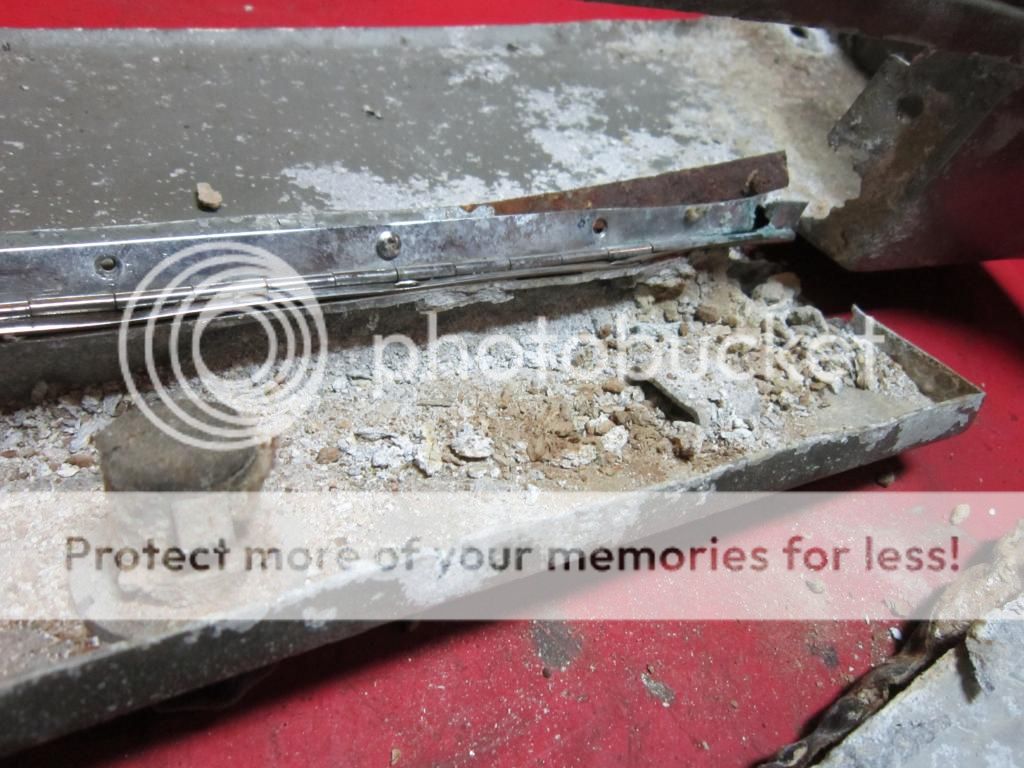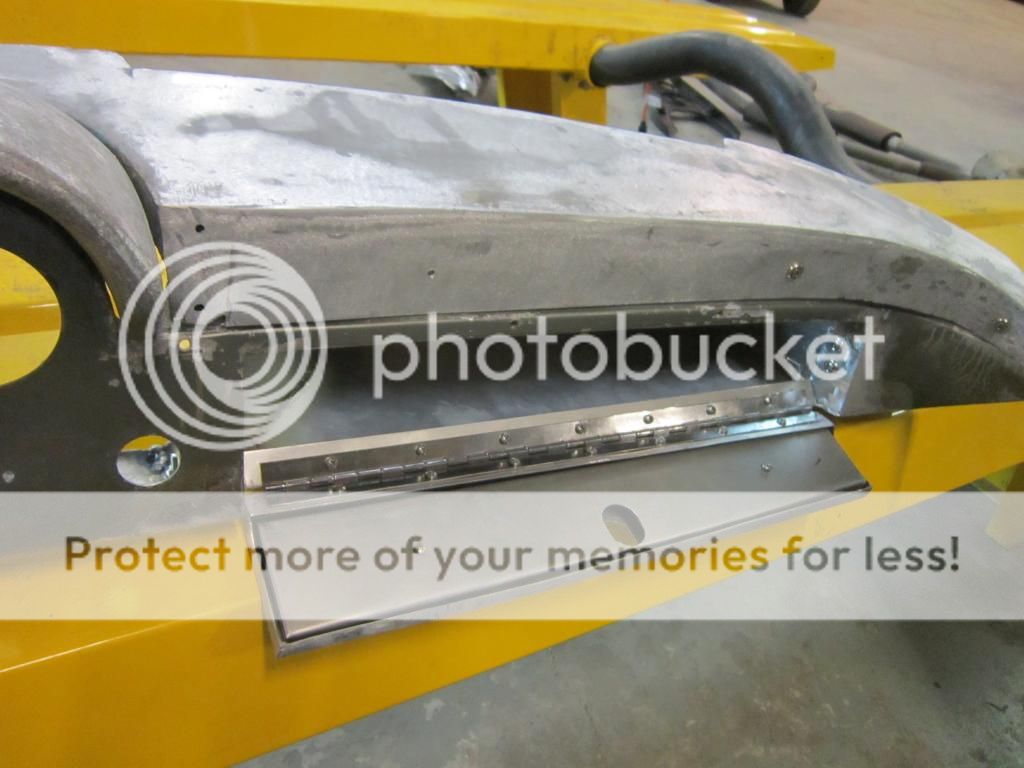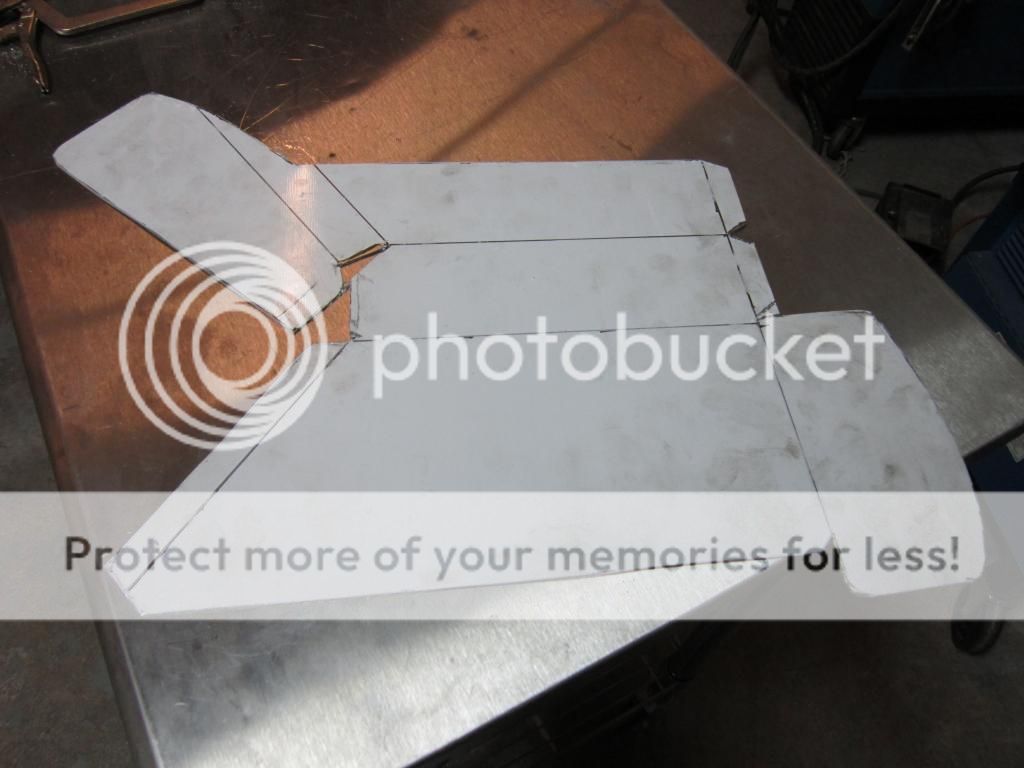This might not be particularly grassroots, but the guy doing the work definitely is. And that guy is me!
I have an awesome job.
About a year and a half ago we got a particularly awesome car in for assessment. The owner wanted to just get it running so she could drive it again.
Yep. A '62 Ferrari 250 GTE. Italian market car that was brought into the states in the 70's.
Sadly it was stored in an outbuilding since the early 80's and that means mice.
What we found was a nest in the glove box that destroyed the dash, no biggie. Problem really was a nest in the number 11 cylinder and no compression in it ![]()
The client decided to go for a total mechanical rebuild and leave the exterior as is, repair the dash and just clean up the interior.
I started by pulling the drivetrain and suspension and then hit the interior
Dash out
It gets worse the deeper you get
Mouse piss + Aluminum = a strange oxide powder everywhere
The glove box itself
But I ain't no sissy. I mean this is the most expensive thing I have ever cut into but that only took a half hour to get over.
Let me tell you. This thin, rotten aluminum did not like being welded. I turned the old synchrowave to full cleaning on the AC and went to town.
The door was a goner. so lets just make that from scratch. I consulted several owners for measurements and gaps and did my best. The gaps were bigger from the factory than I expected.
And together. There were at least 20 other patches to the dash. Upper, lower....everywhere. That piss destroyed a lot.
To remake the box itself I just flayed the old one open and was able to copy it
And the painters make me look like a hero
The main tools I have at my disposal are a 36" shear, brake, slip roll, hammers, dollies, bead roller and the synchrowave TIG.
I have a year and a half worth of pictures and stories to tell so I hope to be able to do an update a day for a while.




























































































